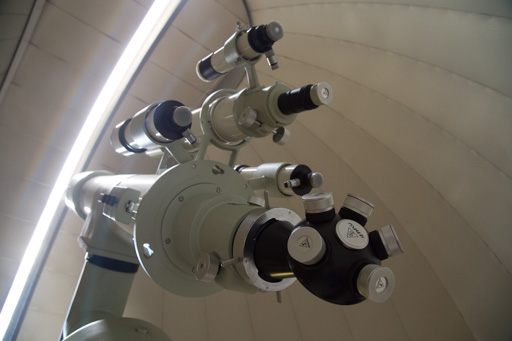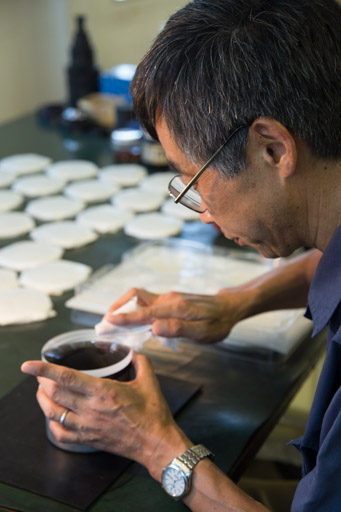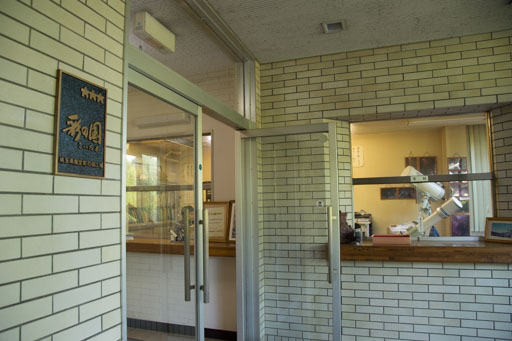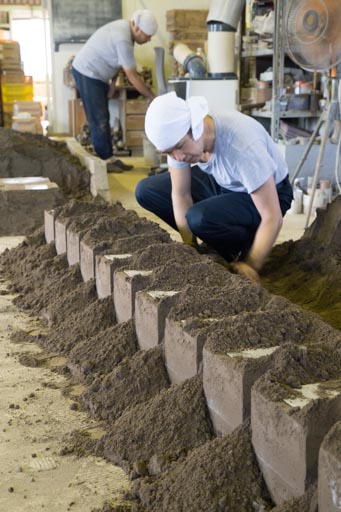高桥公司英文介绍
- Posted on

ABOUT TAKAHASHI SEISAKUSHO
Takahashi began manufacturing telescopes in 1967 their 35th year of business. They began and remain in the sand casting business today.
Their first model was TS-65 a 65mm x 900mm achromat. By 1969 they produced their first 65mm triplet semi-apochromat and 100mm f/10 reflector in 1969.
The TS80 built in April of 1972 was the first triplet apochromat Takahashi telescope built. Then in 1973 their first fluorite triplet telescope was used too photograph the total solar eclipse on June 29th of that year in Africa. It was an 80mm x 1200mm and in the same year they produced their first equatorial mount with a polar telescope.
In 1977 Takahashi introduced their second triplet fluorite apochromat the TS-90 a 90mm x 1000mm and the 90S mount and the famous JP mount in 1979. The NJP mount as it is called today is still in production. The JP and NJP mounts can be converted to Takahashi’s Temma “go to” system. This is a testament to its timeless design. Then followed by the introduction of famous Sky Patrol portable mount in 1981, this mount was a favorite for eclipse chasers. It features a polar alignment telescope in the R.A. shaft and integral 40mm guide scope. In that year the fluorite Series FC 65, 78, 100, and 125 were introduced. This series remained in production until 1994.
Takahashi developed the camera angle adjuster which is a bearing device that allows the camera or ocular to be rotated 360° without loss of focus. This rotator device is still used today for all Takahashi focuser from the 2” to 4” focusers and all astrographs.
From this time Takahashi used a compression ring ocular holder to provide precise centering of the ocular and optics of the telescope.
In 1983 introduced their Epsilon Series of Hyperbolic flat field astrographs with the 130, 160, 200, 250 and 300. Takahashi was able to perfect the process for grinding hyperbolic mirrors and is doing so today for its current Epsilons and corrected RC astrographs. This was also the year they introduced the prototype FCT-150 fluorite triplet apochromat and the revolutionary EM-2000 mount which used electric clutches and had a direct read out of R.A. and Dec. This mount could be transported to remote sites because it broke down into three parts.
In 1985 the triplet FCT Series included a 65, 76, 100, 125 and 150mm fluorite triplets. The Mewlon Series Dall-Kirkham Cassegrain telescopes were the next series in sizes of 180, 210, 250 and 300mm were developed along with the CN-212, a convertible 212mm classical Cassegrain f/12 and corrected Newtonian convertible telescope.
In 1989 Takahashi introduced their famous TSC-225: a 225mm Schmidt-Cassegrain with innovations such as 10 baffles in the baffle tube and a rear cell fan for cooling of the optics. The 225 used white German optical glass for its corrector plate. Ever the innovator Takahashi produced the carbon fiber Epsilon-250 in 1992 closely followed by the carbon fiber Epsilon-210 hyperbolic astrographs.
Takahashi also makes observatory telescopes which include: 350mm hyperbolic astrographs, 300 and 400mm Cassegrains, 200, 250 and 300mm triplet apochromatic refractors and the large EM-3500 mounts to carry them.

Takahashi’s manufacture of refractors, Newtonian reflectors, Cassegrain/Newtonians, classical Cassegrains, hyperbolic astrographs, corrected Baker RC astrographs, mounts and oculars makes it one of the most versatile companies of its type in the world.

The current line of Ortho Apochromatic refractors use a design that is absolutely color free, will include a 110mm, 130mm [currently produced], 150mm [introduced 06/05] and a 180mm. Coming also is a line of Ortho Astrographs.

Their manufacturing facilities are located in Urii, Japan with their headquarters located in the Itabahsi prefecture of Tokyo. The facilities include the main assembly and design facility where the instruments and optics designed, are tested and assembled. The second is the sand casting factory. The third is the facility where the observatory mounts the EM-3500 and EM-2500 are assembled along with the machining shop next door to their warehouse facility. The fourth is the mirror grinding, polishing and testing building.

Takahashi’s staff includes: optical, design and mechanical engineers many of whom are amateur astronomers, who have discovered new asteroids one of which was named Urii in honor of the city where the Takahashi manufacturing facilities are located.


留言
第一个发表留言。。。